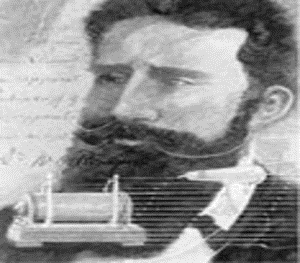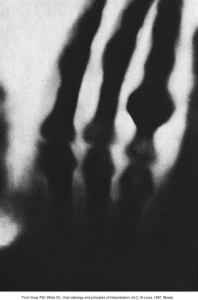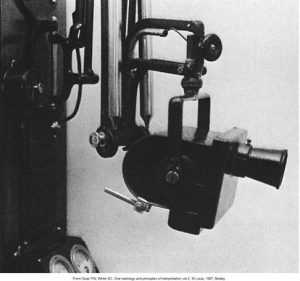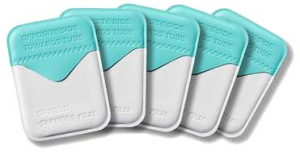1.2
In dentistry, dental images enable the dental professional to identify many conditions that may otherwise go undetected and to see conditions that cannot be identified clinically.
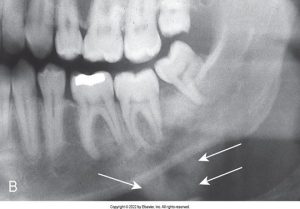
Uses of Dental Imaging
Not mentioned in the timeline for pioneers in dental x-radiation, Willaim H. Rollins (n.d.) developed the first dental x-ray unit. Frank Van Woert (n.d.) was the first to use film in intraoral radiography.
History of Dental X-Ray Equipment
Media Attributions
- Iannuci: Dental Radiography, 6th Edition, Chapter 1, CC BY-NC-ND

